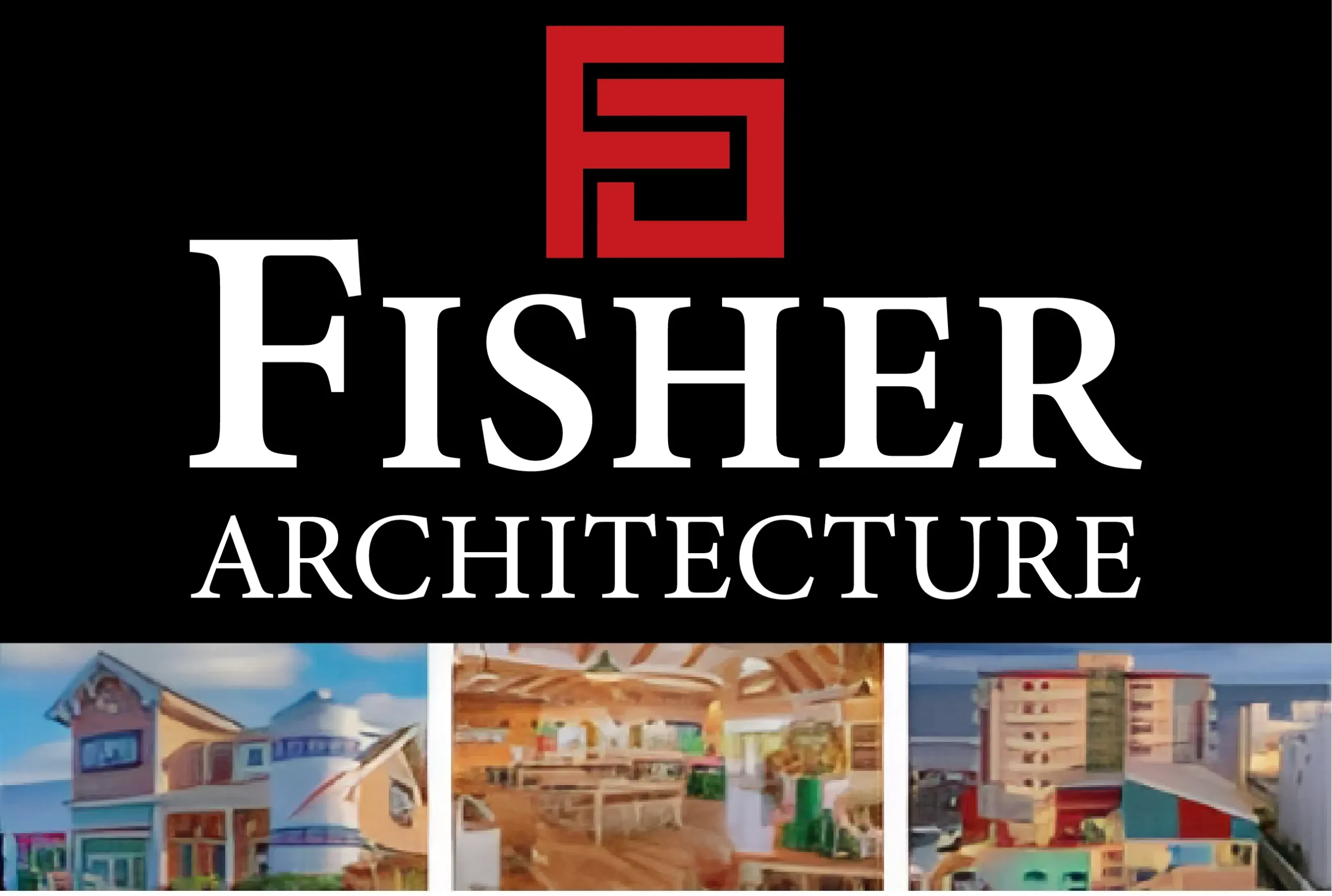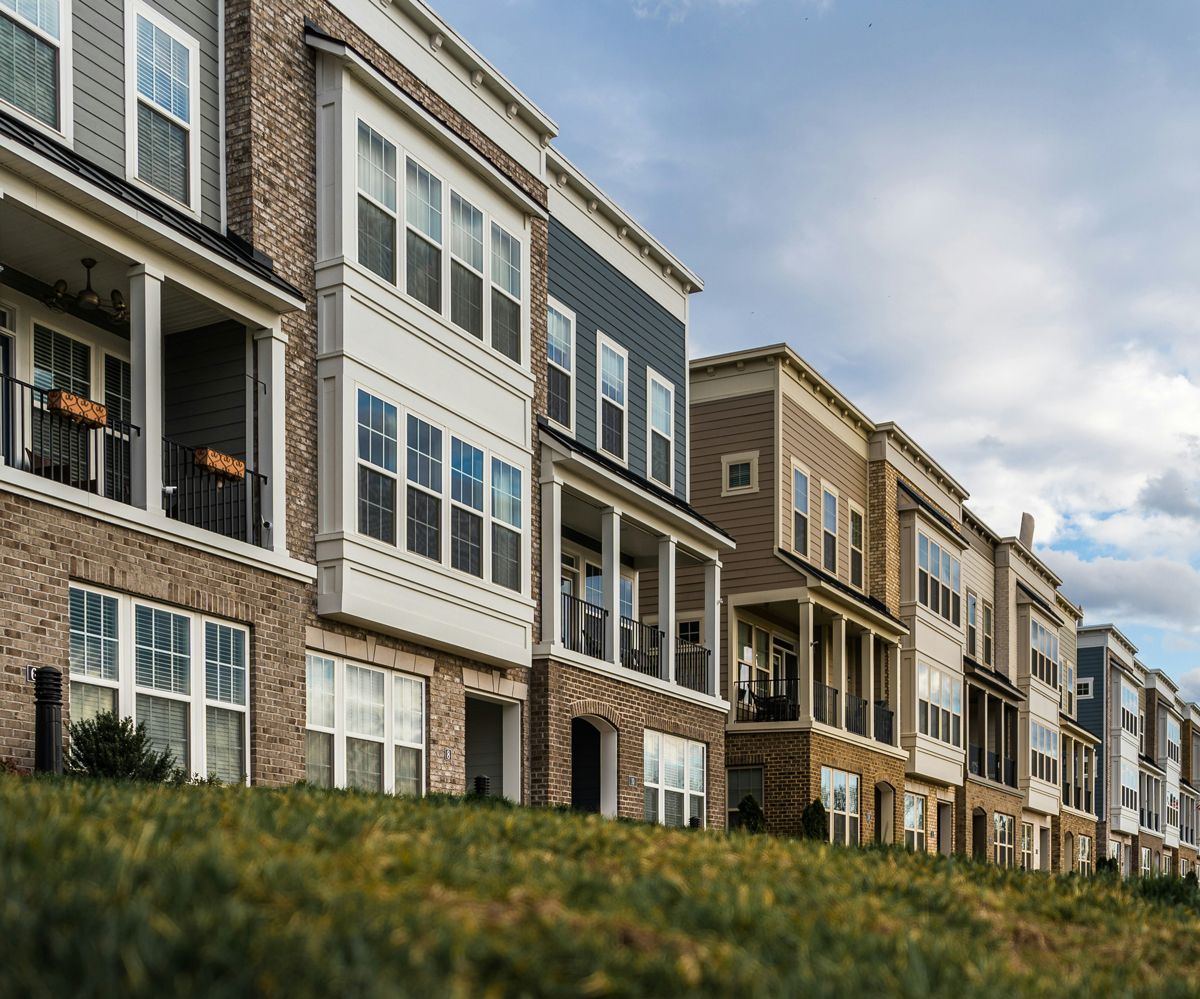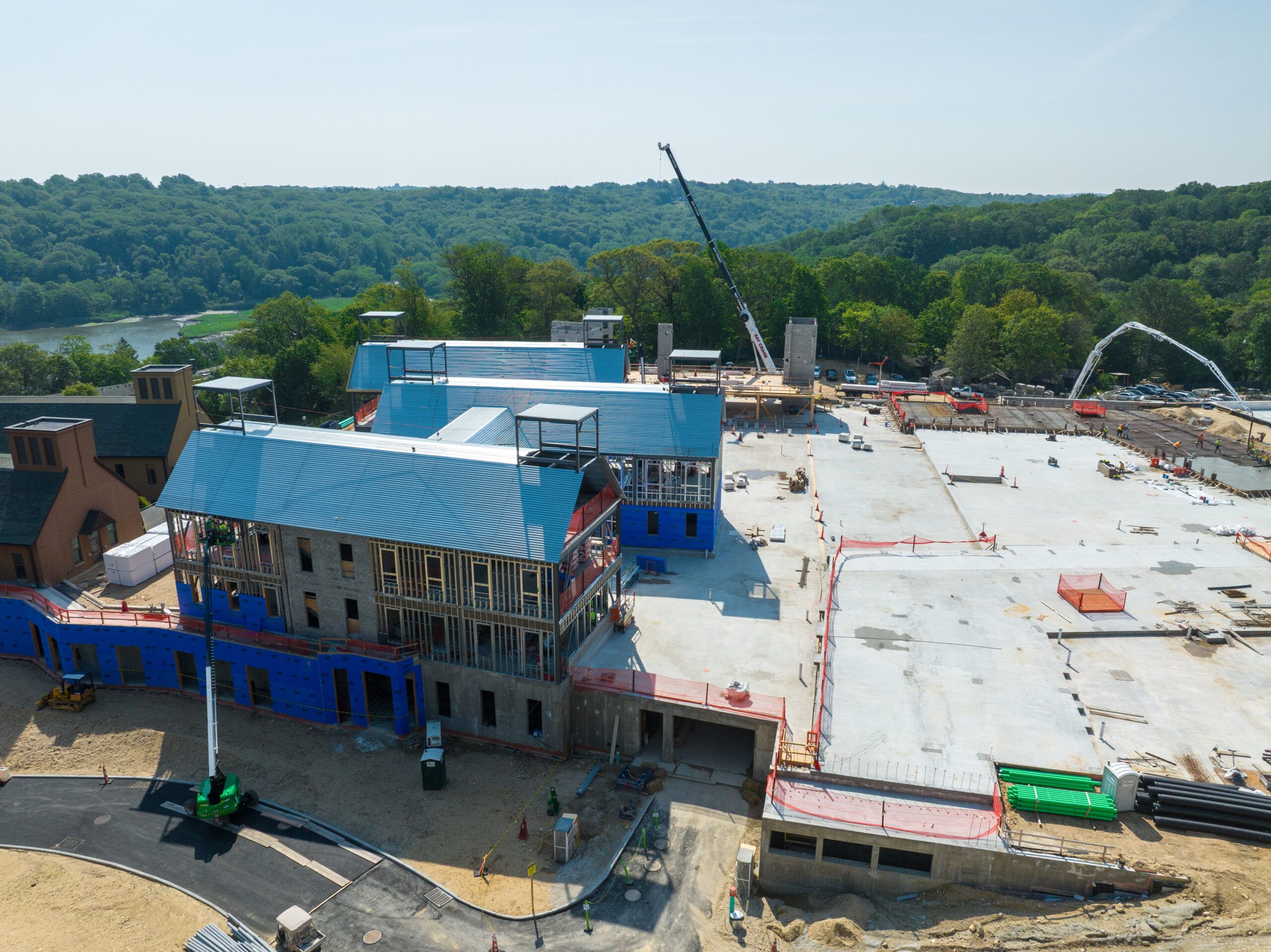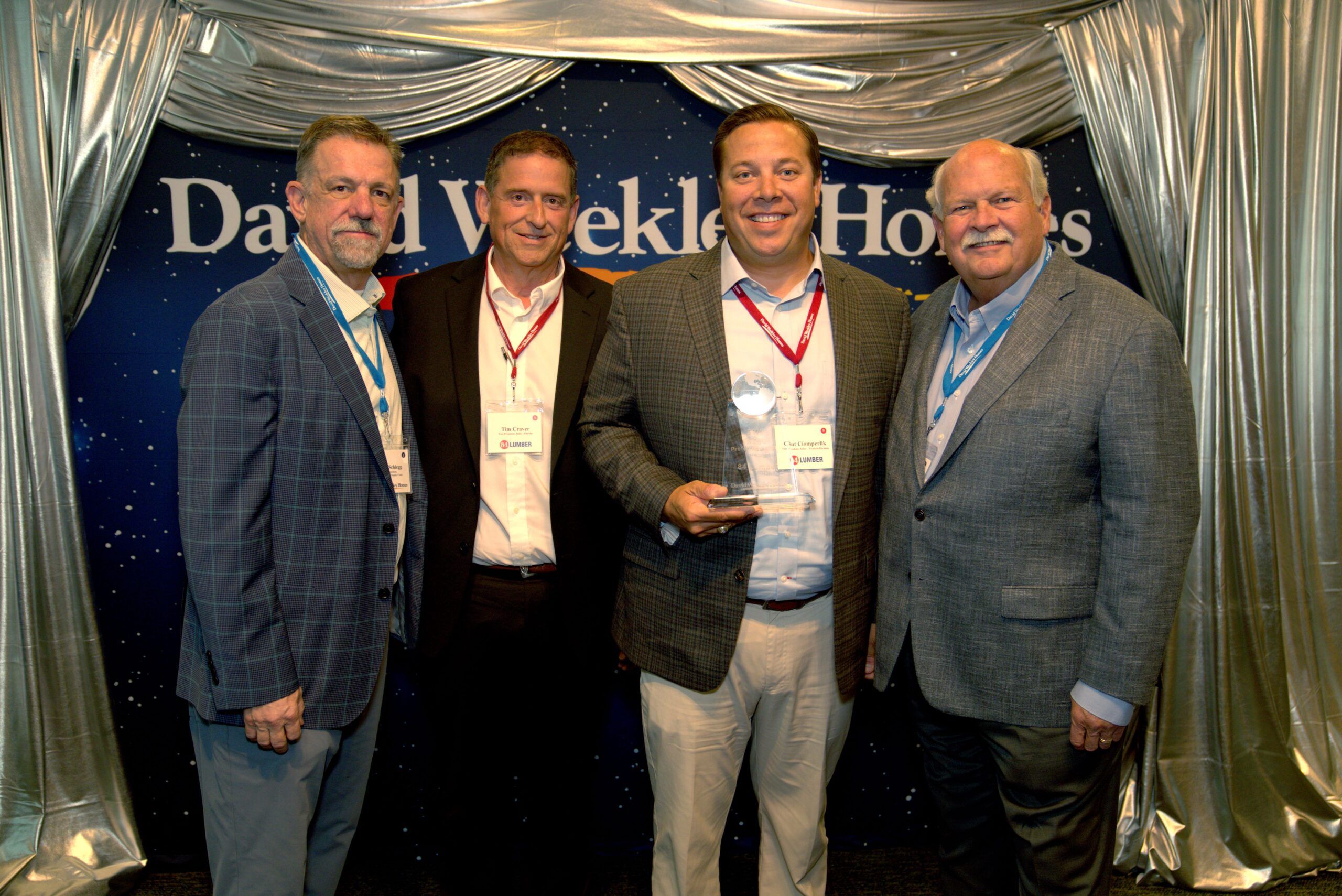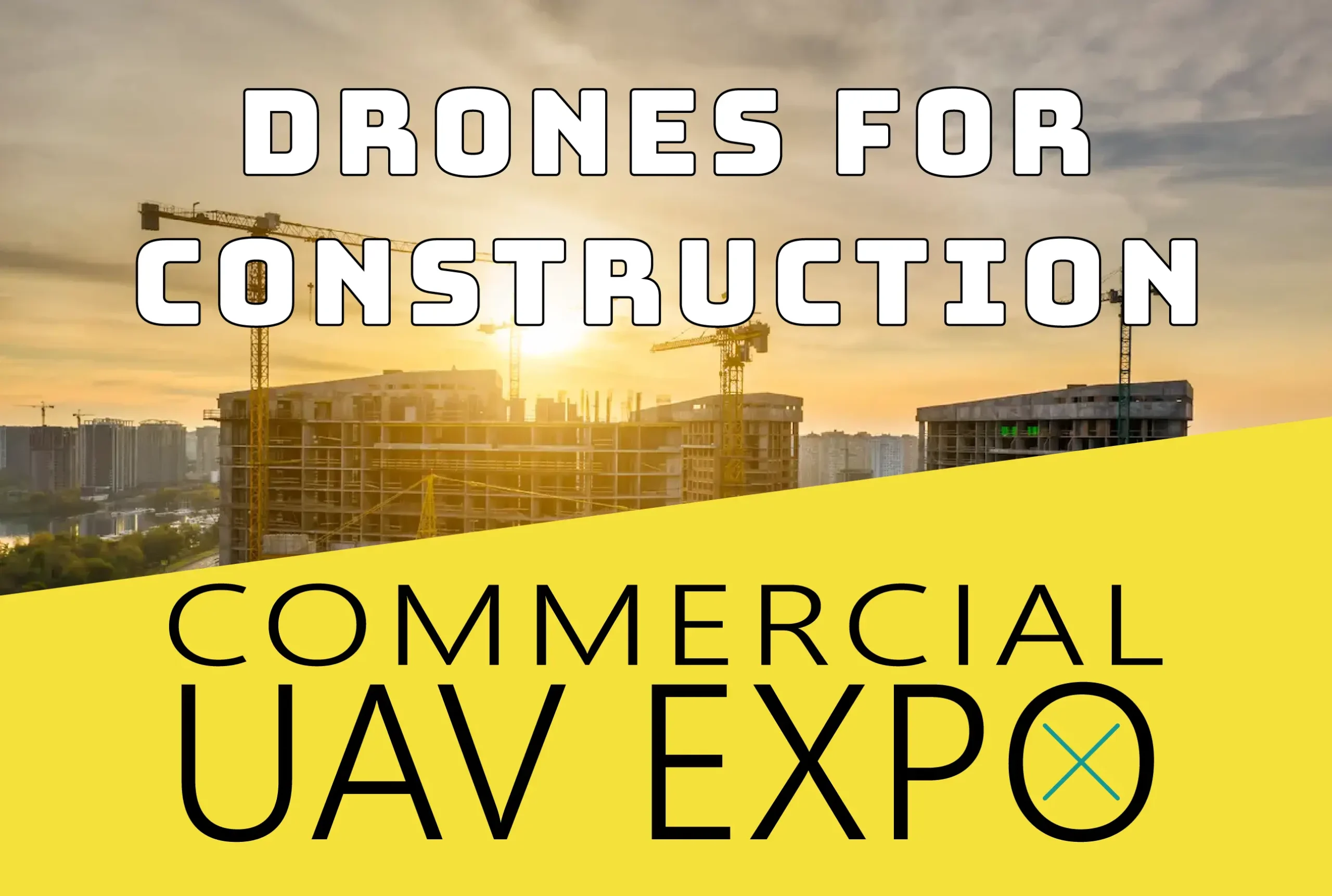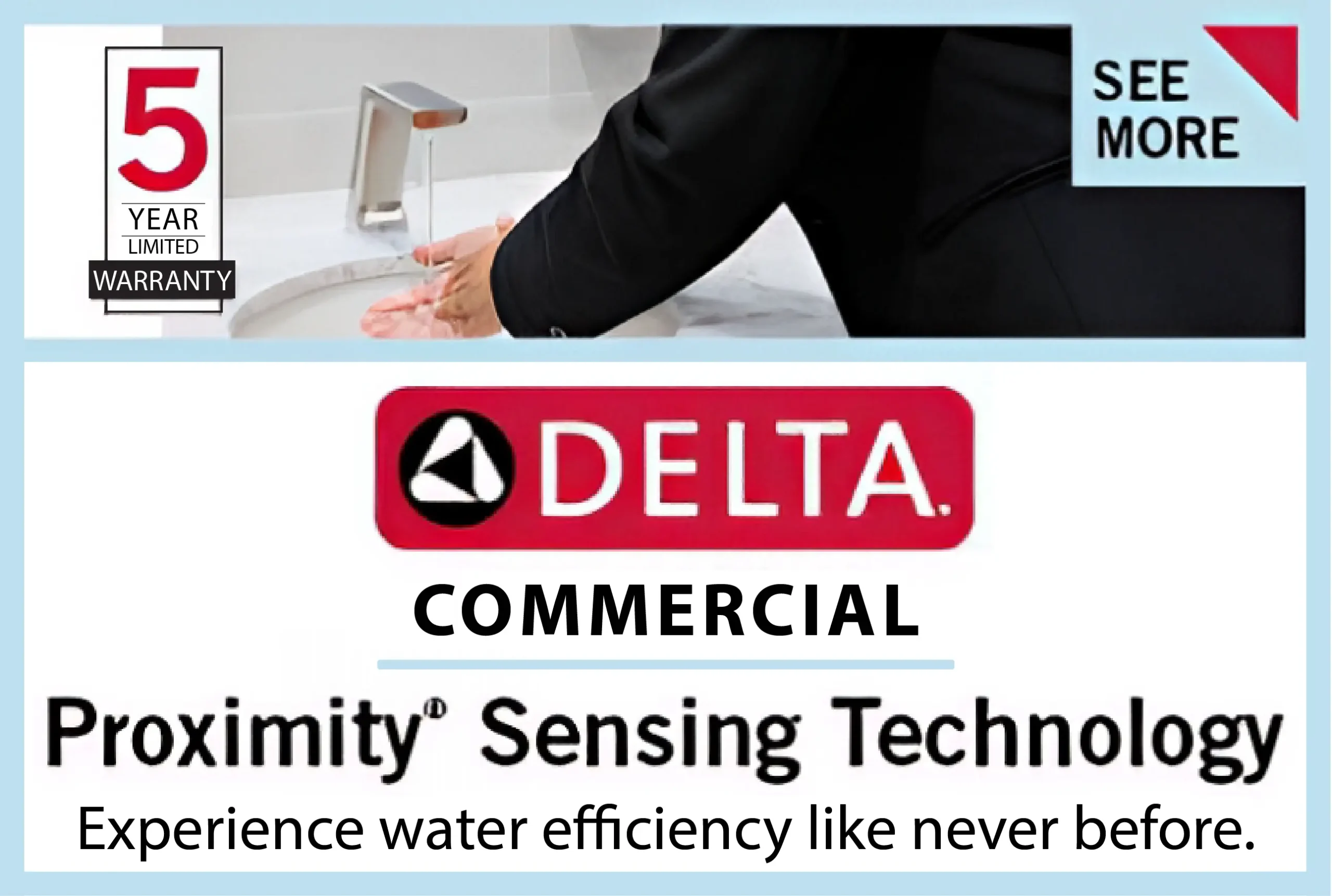The United States has a profound housing problem. Too many people need more affordable housing, and demand outpaces supply by up to seven million homes. It’s an enormous problem that won’t be overcome by single-family construction alone. As a result, multifamily housing solutions are surging in popularity.
After a downturn in 2024, the National Association of Home Builders expects 388,000 apartments to come online in 2025. Additionally, a separate analysis expects 2025 to be the fourth-strongest year for apartment rentals since 2000, making new multifamily construction critical to progressing toward a more sustainable, affordable housing market for everyone.
It also is an opportunity to advance climate outcomes. The housing sector significantly contributes to climate change, emitting more than 441 million tons of carbon dioxide into the atmosphere annually. With many reliant on fossil fuels, propane, heating oil or less-efficient electrified equipment, these outdated systems create comfortable indoor settings while making the planet increasingly hotter and less habitable.
As communities, architects and developers invest in multifamily housing in 2025, there is a meaningful opportunity to reverse this trend so that the next generation of housing stock can meet communities’ needs and set a new standard for environmental sustainability that reverberates for generations.
Here are three reasons we should future proof our next generation of multifamily housing with geothermal HVAC solutions:
 No 1 — Financial Incentives
No 1 — Financial Incentives
Geothermal heating and cooling is the most efficient and durable HVAC solution on the market, lowering costs and increasing efficiency while making the built environment more environmentally sustainable in the process.
It also requires an up-front investment. Fortunately, there has never been a better time to invest in green infrastructure.
Recognizing that the next generation of housing can be better than existing options, local, state and federal governments are investing in green infrastructure through tax credits and other financial incentives.
For example, tax rebates and incentives combined to offset up to 80% of the initial cost of installing a geothermal heating and cooling system when building new multifamily housing. When coupled with Energy Star and ZERH incentives, the cost of installing a geothermal heating and cooling system becomes even more cost-effective and financially advantageous, including:
- 30% Federal Tax Credit
- + 10 percent domestic tax credit.
- +10 percent when located in a designated Energy Community
- Energy Star 3.2 45L and DOE ZERH 45L
- 168E, 5-yr accelerated depreciation
- Potential for additional funding for dedicated affordable housing projects
In many regions, including Colorado, Maryland and others, state and local incentives significantly enhance these federal incentives.
Whether considering geothermal heating and cooling, solar panels or other green infrastructure investments, now is the best time to capitalize on the incentives that make these more cost-effective than ever.
No. 2 — Competitive Advantage
For would-be buyers and renters, the message is clear: they prefer housing with high comfort and low operational expenses.
Multifamily housing with geothermal heating and cooling, solar panels, and other sustainability solutions commands higher rents and attracts more buyers.
The cost savings also accrue to building owners.
In one multifamily unit, geothermal heating and cooling units were 36% more efficient than air-source heat pumps (ASHPs) and significantly more efficient than traditional HVAC units, saving $400 per apartment unit in annual operating costs.
When multifamily buildings have hundreds of units, these cost savings are substantial, potentially amounting to hundreds of thousands of dollars annually for the entire property.
Geothermal heating and cooling also present opportunities for maximizing space and delivering even more value to new construction.
For example, In multifamily housing units, traditional HVAC equipment is often installed on rooftops or in amenity spaces. With geothermal heating and cooling, owners reclaim these spaces. Instead of installing an HVAC unit on the roof, owners can install amenity space or solar panels to drive up property values and increase tenant satisfaction.
With builders and buyers increasingly capitalizing on incentives from the IRA to outfit their buildings, competitive advantage will fall to those that adopt the latest, most efficient technologies.
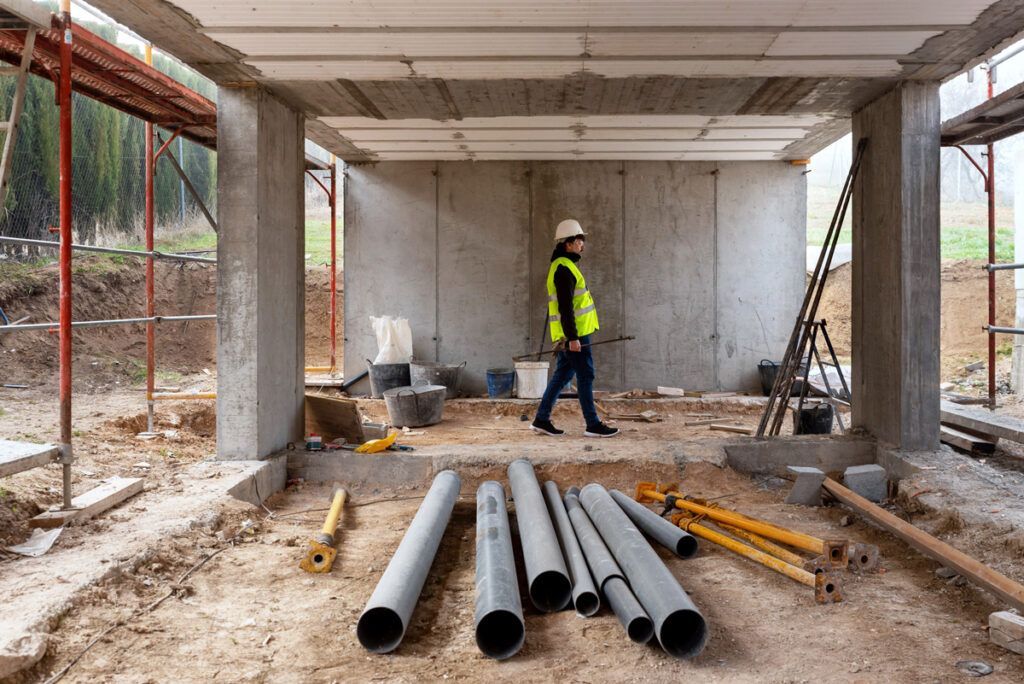 No. 3 — Regulatory Requirements
No. 3 — Regulatory Requirements
New regulations are raising the cost of traditional HVAC in multifamily housing and developers must meet new energy efficiency requirements.
Geothermal heating and cooling solve both problems as an all-electric, highly efficient climate control solution. Some developers opt for air-source heat pumps with the same energy rating as fossil fuels, making them less helpful when meeting regulatory requirements and efficiency goals.
For example, changes to refrigerant use standards are forcing builders reliant on traditional HVAC solutions to adapt. Meanwhile, geothermal heating and cooling customers eliminate the need for field-charged refrigerant, providing significant cost savings by avoiding the expensive fire-rated chases that new regulations require for refrigerant line sets in conventional AC and air-source heat pump installations.
Regulatory standards continually change; however, adopting electric-powered, high-efficiency heating and cooling solutions is a win-win, especially when regulatory requirements become more more stringent and push owners to all electric development.
The Time is Now
New multifamily housing construction is one way that we will solve our pernicious housing problem. In the process, we can create more environmentally sustainable, cost-effective communities that will best support people and the planet for generations to come.
With generous financial incentives available, clear competitive advantages, and evolving regulatory requirements, the case for incorporating geothermal heating and cooling into new multifamily projects has never been stronger.
Wyatt Roberts, head of New Construction for Dandelion Energy, is a builder, building scientist and Certified Passive House Designer (CPHD). A veteran in the building industry, prior to joining Dandelion, he specialized in high-performance home construction in upstate New York. Dandelion Energy is committed to freeing homes from fossil fuels through the adoption of geothermal HVAC systems. For more information, visit www.dandelionenergy.com.


